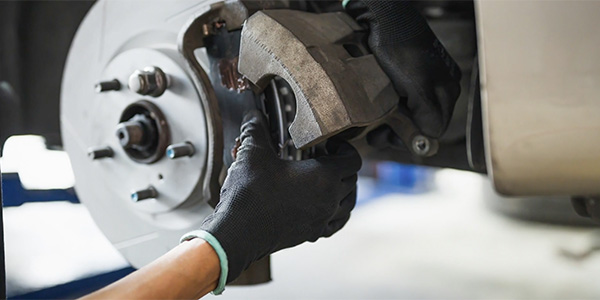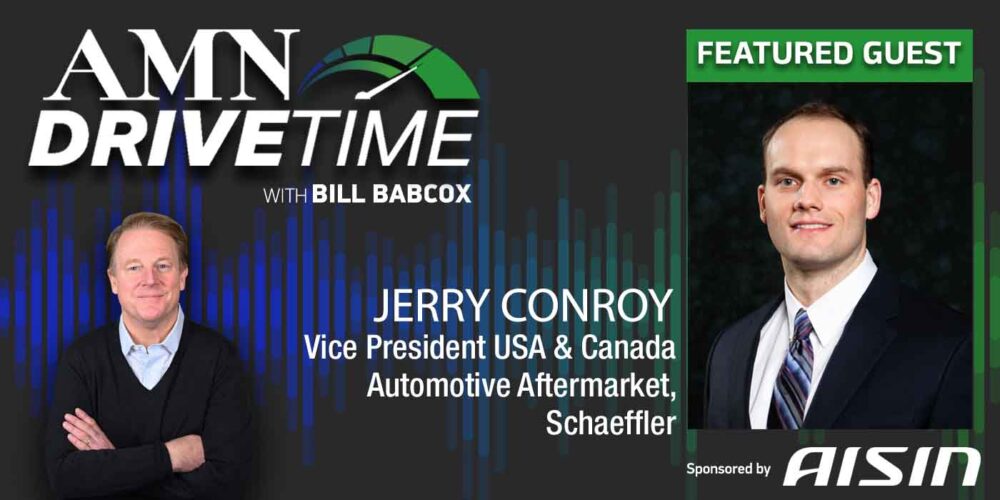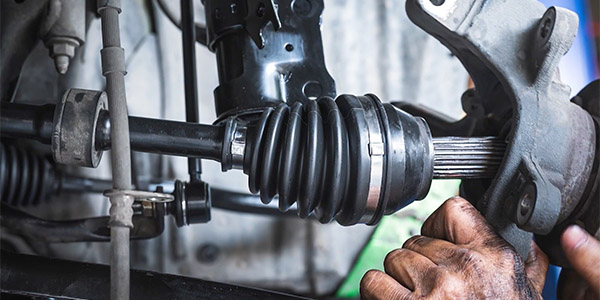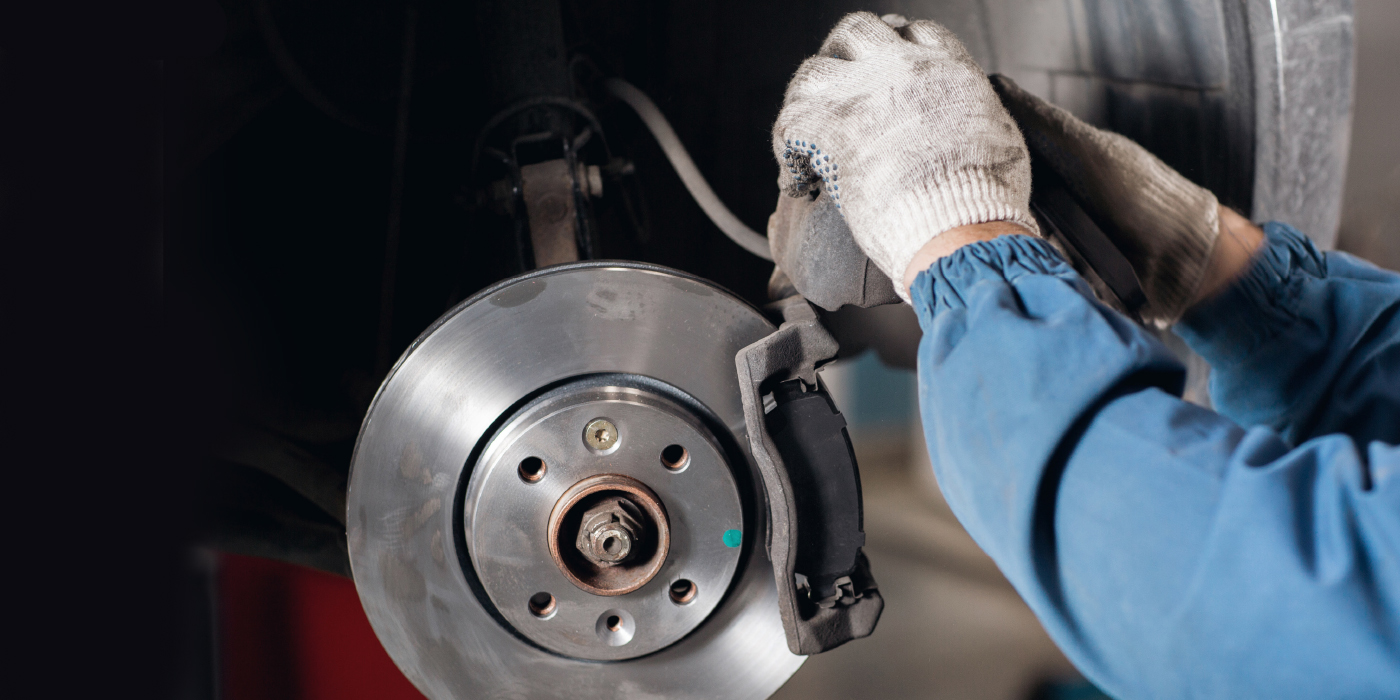CC:
If you ask any brake engineer what is more challenging to design: a brake system for a race car or a production vehicle, they will all say it is a system for a production vehicle. When designing a brake system for a race car, the engineers focused on using the largest brake caliper and pad combination to generate the most braking force with the greatest heat capacity. As a result, they’re not concerned with noise pulsation or brake dust.
Let’s first talk about brake performance. Most original equipment engineers are concerned with stopping distances during panic stops or intervention of an ADAS system like automatic emergency braking or AEB. When an event happens, the brakes could have to go from the ambient temperature to well over 400 degrees Fahrenheit in milliseconds. The friction generated must be predictable and controllable to bring the vehicle to a controlled stop. The driver can’t do a pace or out lap to warm up the brakes. This is what sets some ceramic brake pads apart from semi-metallic or race car brake pads. A ceramic formulation can be engineered to perform consistently during a much wider range of road conditions than on a racetrack.
What about brake dust? Race car teams are not concerned with brake dust. However, on road-going cars and trucks, some owners and engineers are obsessed with eliminating unsightly dust on the wheels. Brake dust is not just the material from the brake pads; it’s also the particles from the rotor. For some friction formulations, there’s more rotor material deposited on the wheels than the brake pad. Brake dust is an indicator of increased pad wear. Ceramic brake pads reduce unsightly brake dust by controlling rotor wear with a transfer layer of friction material.
This brings up another topic: longevity. Most race car brake systems have the pads and rotors replaced almost every race. Everyday passenger car and truck brakes have to last tens of thousands of miles. To increase the longevity of the brake pads and rotors, original equipment manufacturer engineers developed transfer layer technology for ceramic friction formulations. Instead of the rotor being worn away with every stop, a thin layer of friction material is deposited onto the rotor. The interaction between the friction material and transfer layers, referred to as adherent braking, or braking through adhesion, can extend the life of not only the rotor, but the brake pads.
Ceramic technology can also help to eliminate brake pedal pulsation complaints by controlling uneven brake rotor wear due to lateral runout and disc thickness variation.
What about noise? If you stand at the corner of a racetrack, you will notice that some competition brakes can be very noisy. To racing drivers, this is normal. For your typical driver, brake noise is perceived as a problem with the brakes or at least an annoyance.
So how do engineers create a higher performance brake pad for the road? Most OEMs use ceramic technology to achieve a stable coefficient of friction across a broad range of conditions, while still meeting customer expectations for noise, dust, and pedal field.
So the next time you select a set of brake pads for your customer, think about what went into engineering the brake system and the performance it has to give on the roads. Using an economy brake pad might bring out the yellow flag.
Thanks for watching.
This video is sponsored by Akebono Brakes.














